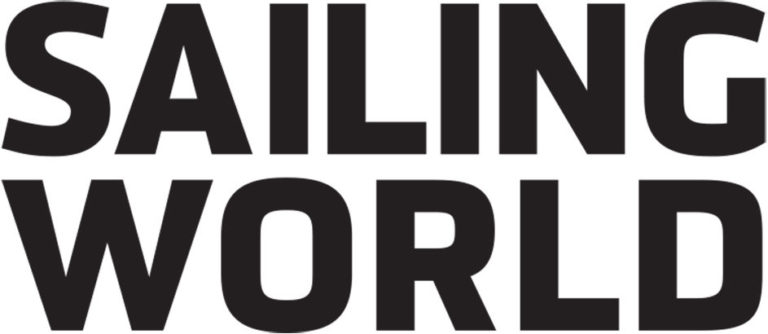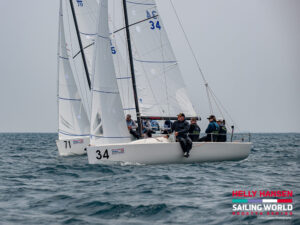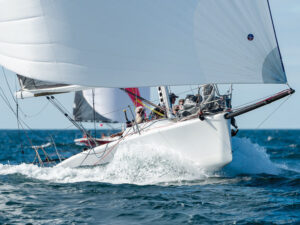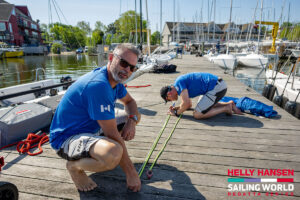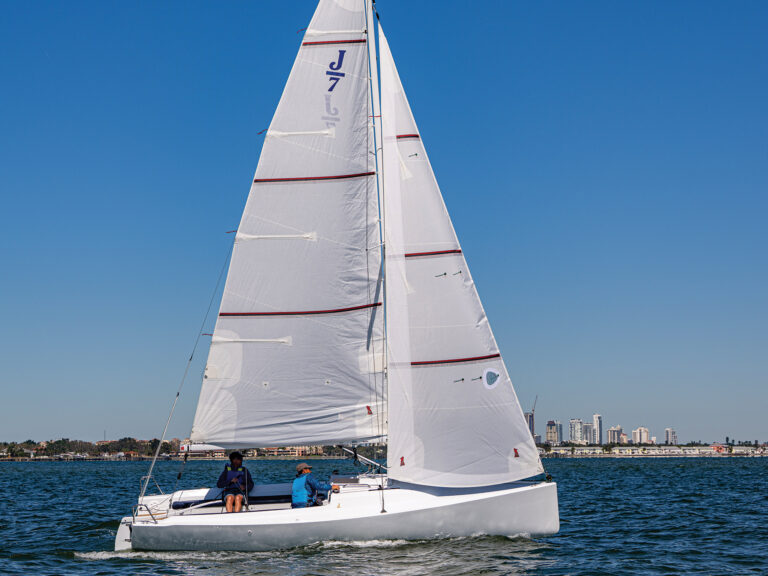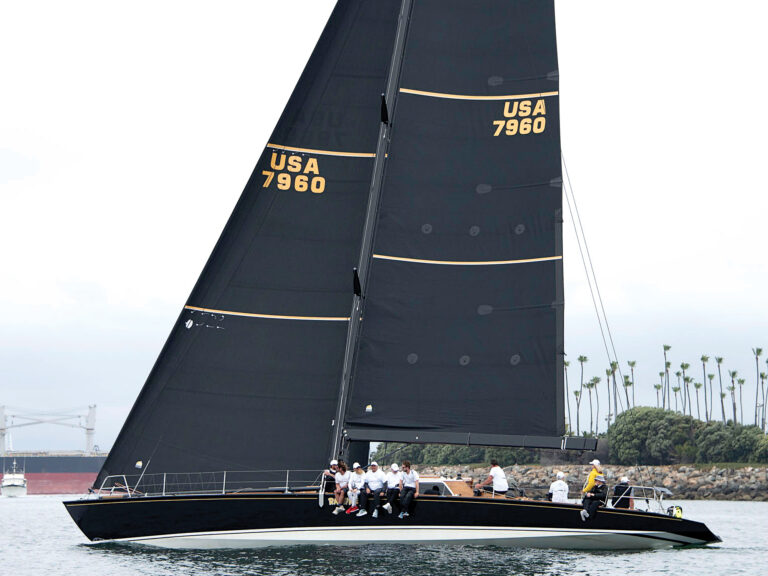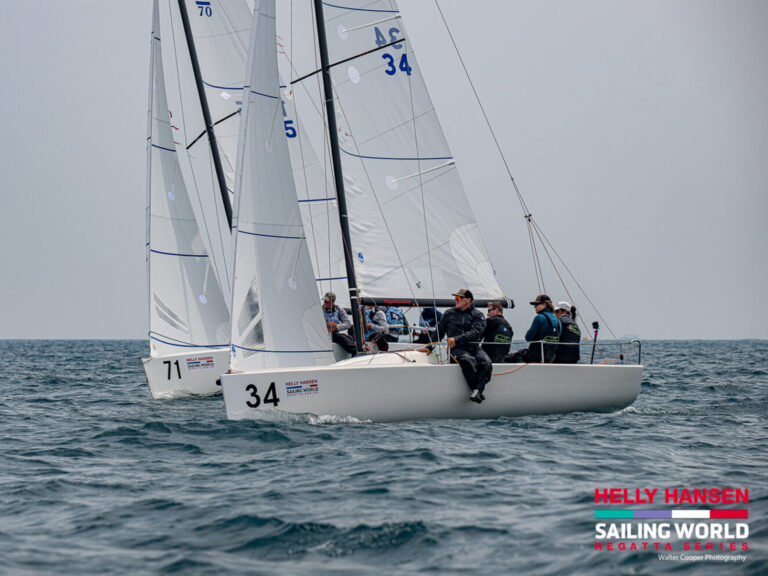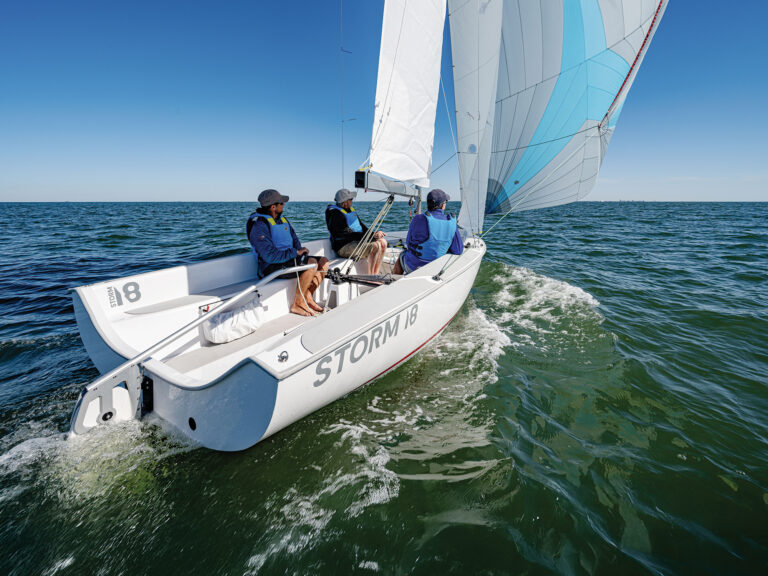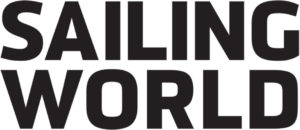The U.S. Youth Sailing Championship runs June 20 to 26, Milwaukee YC, Wisc. This invitation-only regatta on Lake Michigan is the big event of the summer, putting the country’s best singlehanded and doublehanded sailors head-to-head for one week in Lasers and Club 420s. Milwaukee Bay can be tricky, so our advice to competitors is to keep your eyes to the sky and remember the following advice from the locals:

Milwaukee Bay, where the racecourses will be set, is slightly concave; its open to the lake from the north-northeast to south-southeast. Water depth in the sailing area is about 50 to 80 feet, and the water temperature in June is cold–in the upper 40s to low 50s. The wind is rarely predictable, but the best and steadiest winds are found during a classic three-day northeasterly, when the sailing is wet and cold. When a strong northeasterly sweeps down the length of the lake, it kicks up large waves–great for surfing on the runs.
In a northerly, although rare, the winds are stronger near the shore and the advantage of being the left on the beat becomes greater the closer you are to the shore. Westerly winds are puffy, erratic, and full of holes. They are stronger near the land so try to get near shore as soon as you can, without overstanding, of course. Large gains can be made on the run in a westerly by finding a shaft of wind, staying in it until it disintegrates, and then finding another.
The sea breeze, a southeasterly, is unlikely to develop when theres a strong morning wind blowing from the north or the south, or when theres significant cloud cover. The sea breeze is most likely to arise when theres a light westerly in the early morning, clear skies, and heating of the land, as indicated by the formation of cumulus clouds over land. If youre sailing in a light westerly in the late morning or very early afternoon on a sunny day in June, you should constantly be checking for the start of the sea breeze.
To follow the racing: http://www.ussailing.org/youthchamp/
